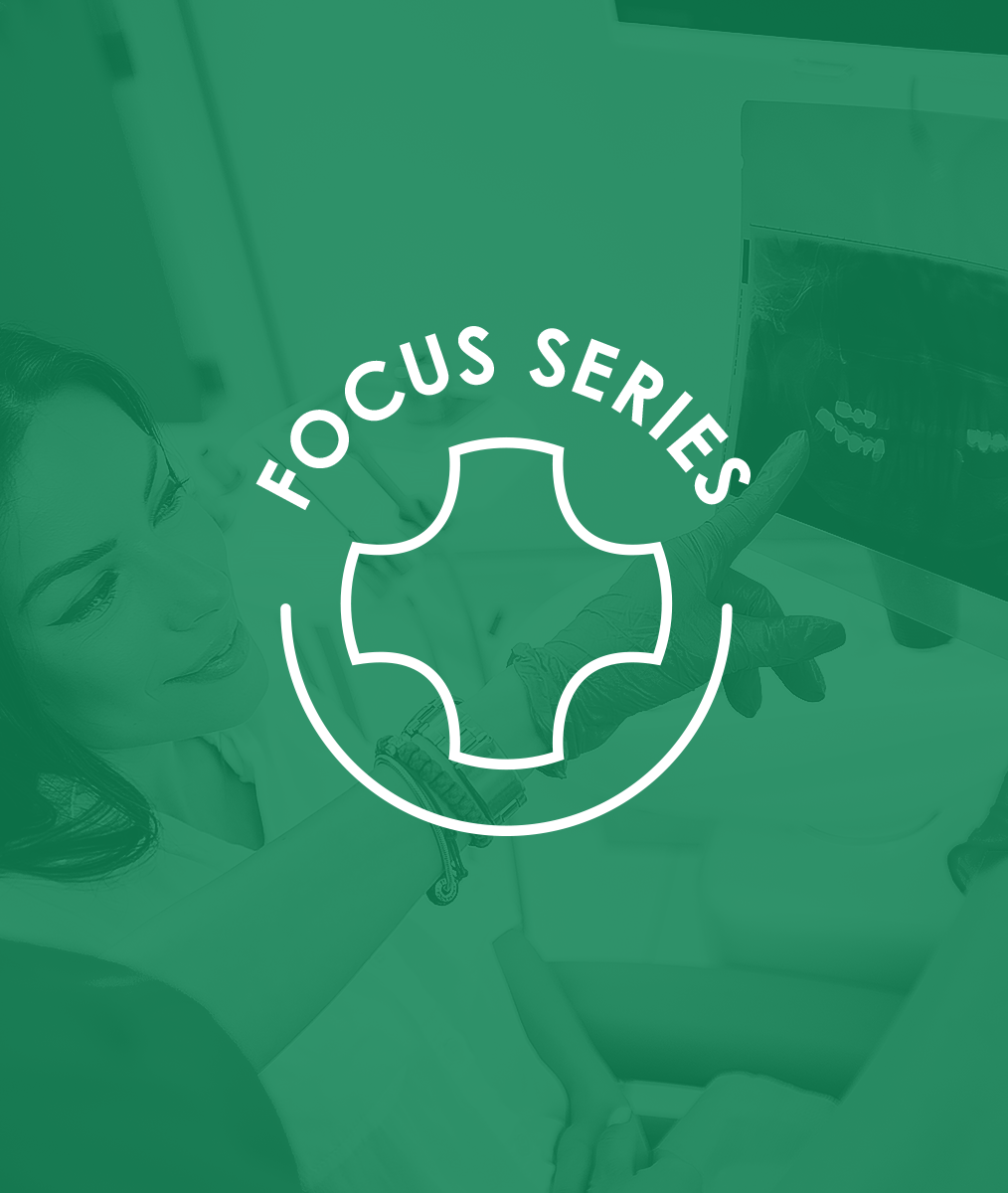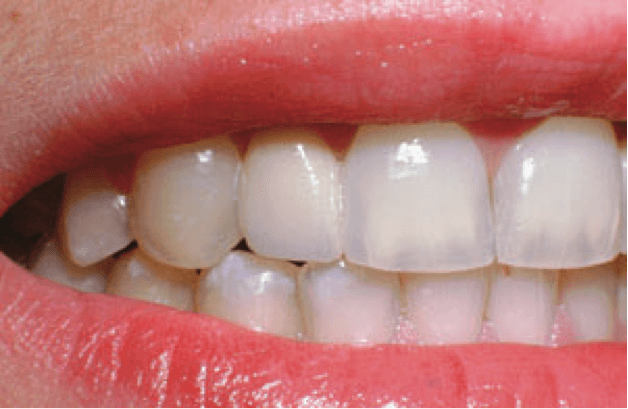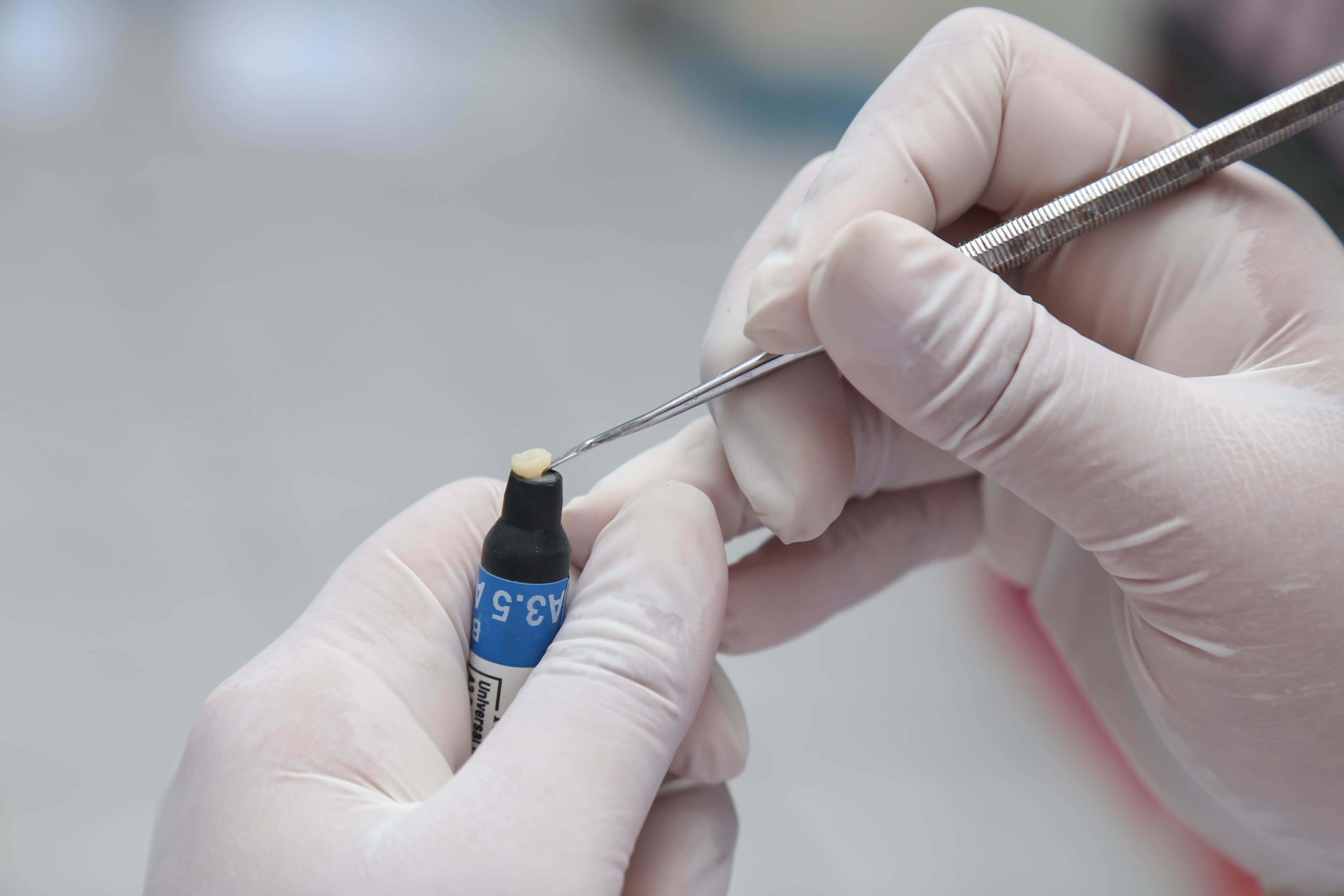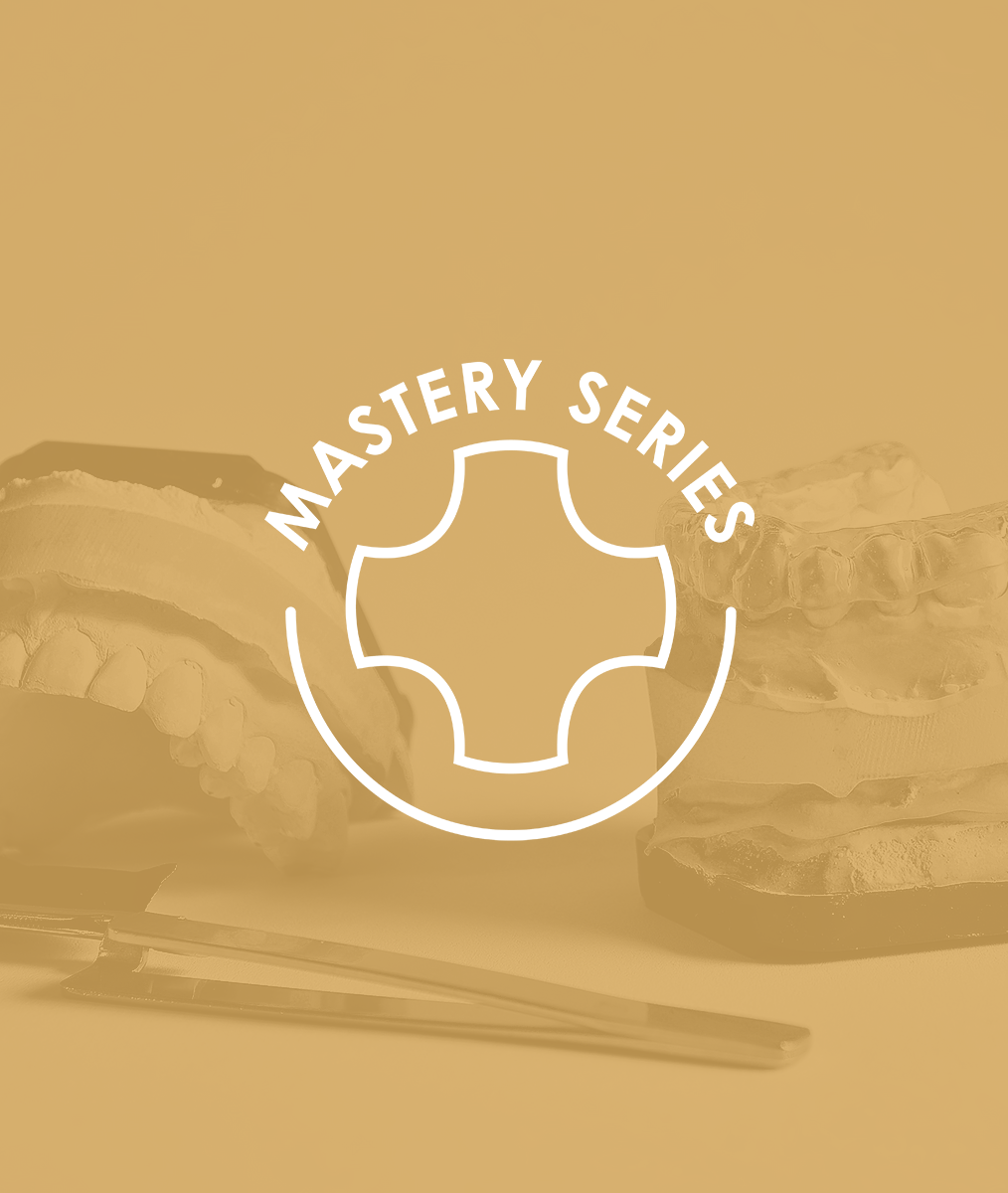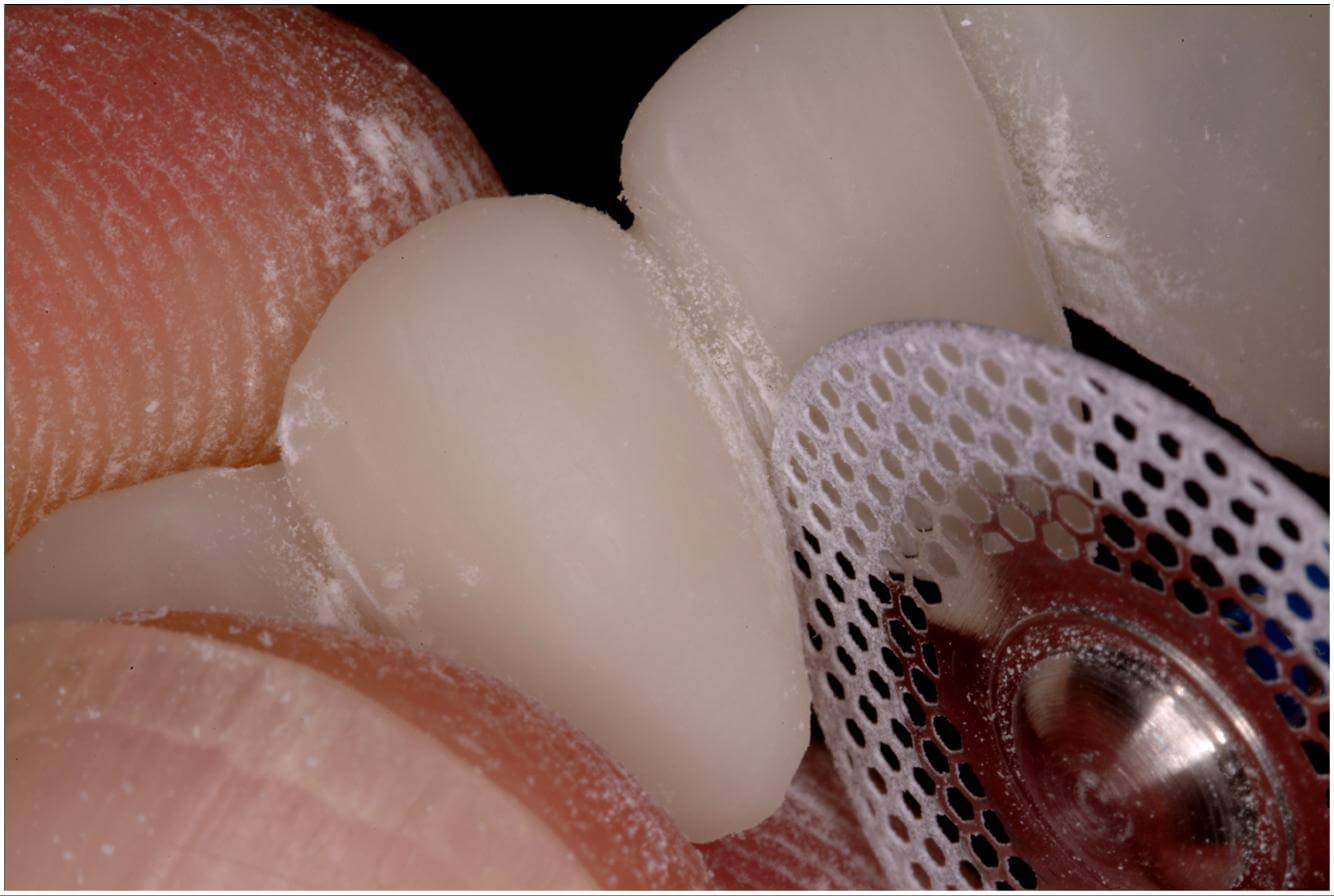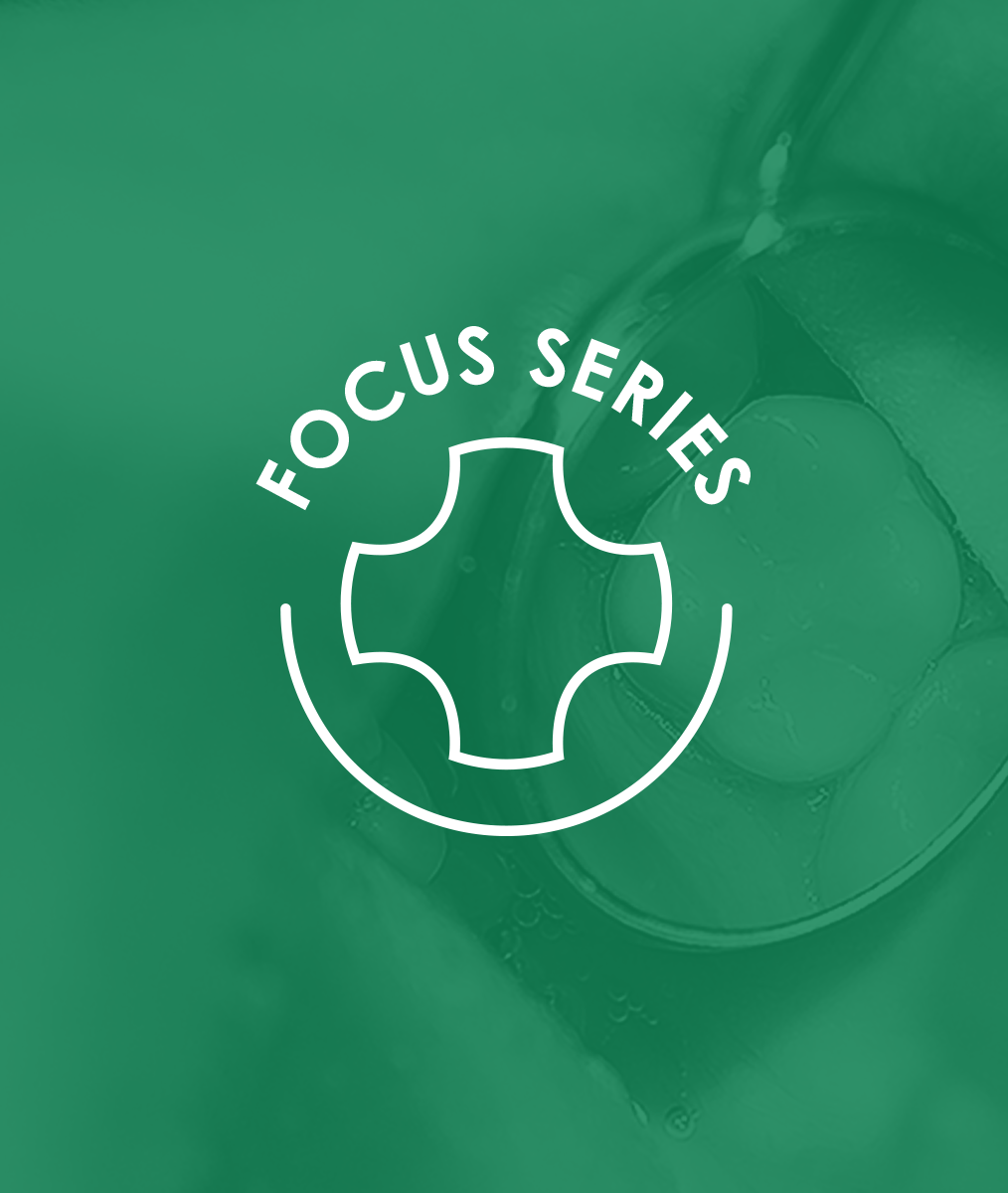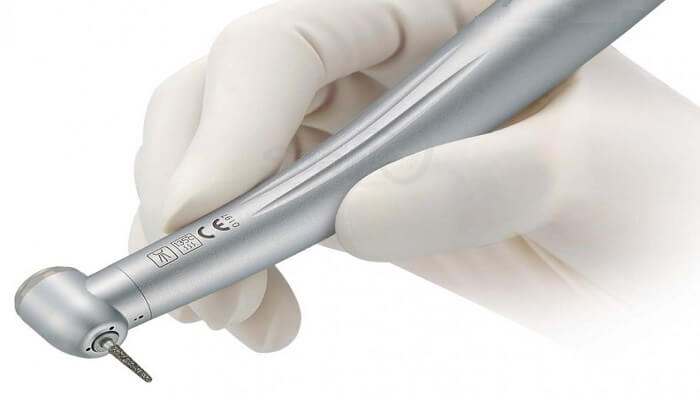Help Your Patients Move Forward With Care
Helping patients move past denial over their dental health is no easy feat. In your dental practice, you have likely encountered this situation many times.
The truth is, patients who won’t or can’t accept the treatment they need for improved oral health can be put on a more positive path. The hard part is that they often require a significant amount of patience.
In a previous blog, I discussed the mechanism of denial and how it functions to constrain our patients despite our best intentions. There is no ‘forcing it’ because the psychological weight is too heavy. Facing a loss of a measure of health is extremely difficult, despite whether we ourselves believe the issue isn’t significant.
Characteristics That Support Change For Patients in Denial
One way to help our patients in these situations is to avoid frustration. Acceptance of other people’s emotional struggles can come from checking in with our own personal response to stress.
How do you create lasting change? Exploration of this question can give you a clearer perspective about similar answers for others. It can also reinforce the sense that our reactions to stimuli or upset can be quite different.
Once you (or a patient) have accepted change, you will still need to rely on your own resilience to parry the unexpected difficulties or days where your resolve is less strong. Some of the qualities that help in this situation include courage, commitment, awareness, curiosity, confidence, support, and skill.
The foundation of change is the first of these qualities: courage. Making changes in spite of fear is reliant on our willingness to see the potential risks and move ahead anyways. A big piece of this is recognition. If you can recognize what is holding you back from change, you can externalize the fear, make it more manageable, and talk about it rationally with others.
How do you help patients accept and appreciate change?
Related Course
Compromise to Co-Discovery: A Treatment Planning Journey
DATE: December 5 2024 @ 8:00 am - December 7 2024 @ 1:00 pmLocation: The Pankey Institute
CE HOURS: 21
Regular Tuition: $ 2895
Single Occupancy with Ensuite Private Bath (per night): $ 290
The Balance of Communication, Case Planning & Occlusion Dr. Melkers always brings a unique perspective to his workshops and challenges us to the way we think. At Compromise to Co-Discovery,…
Learn More>






